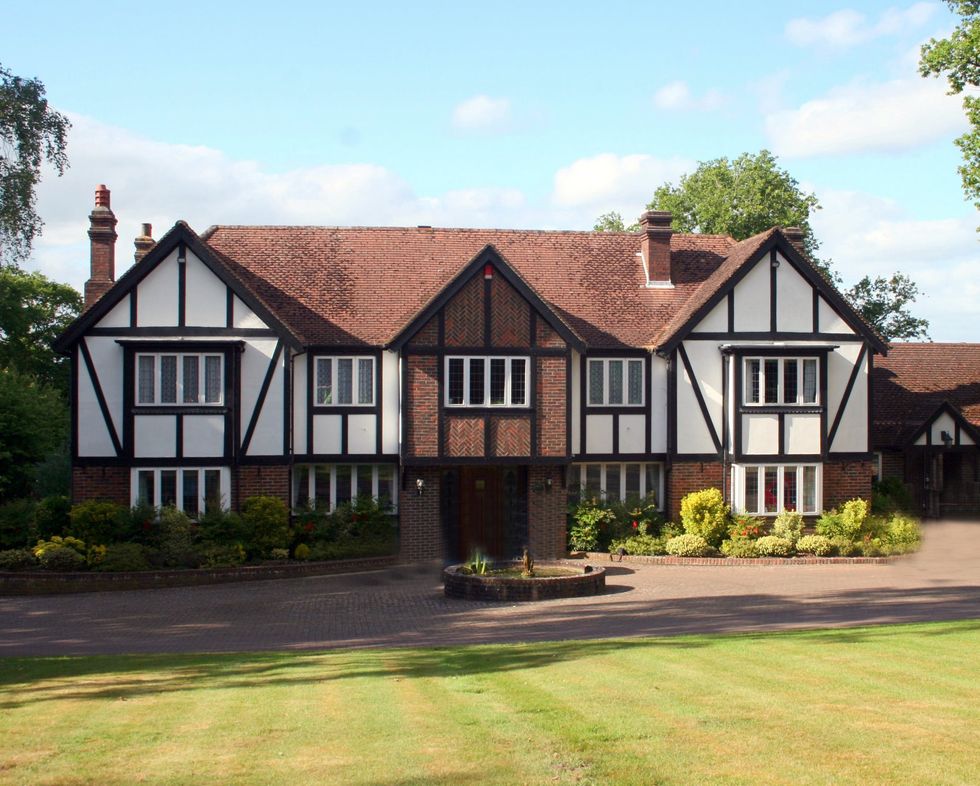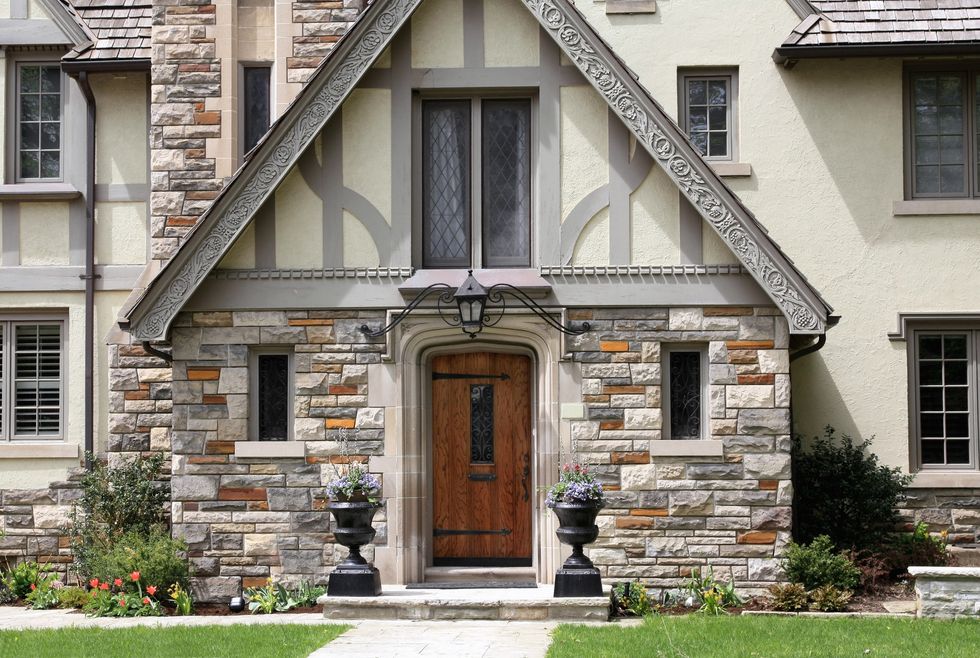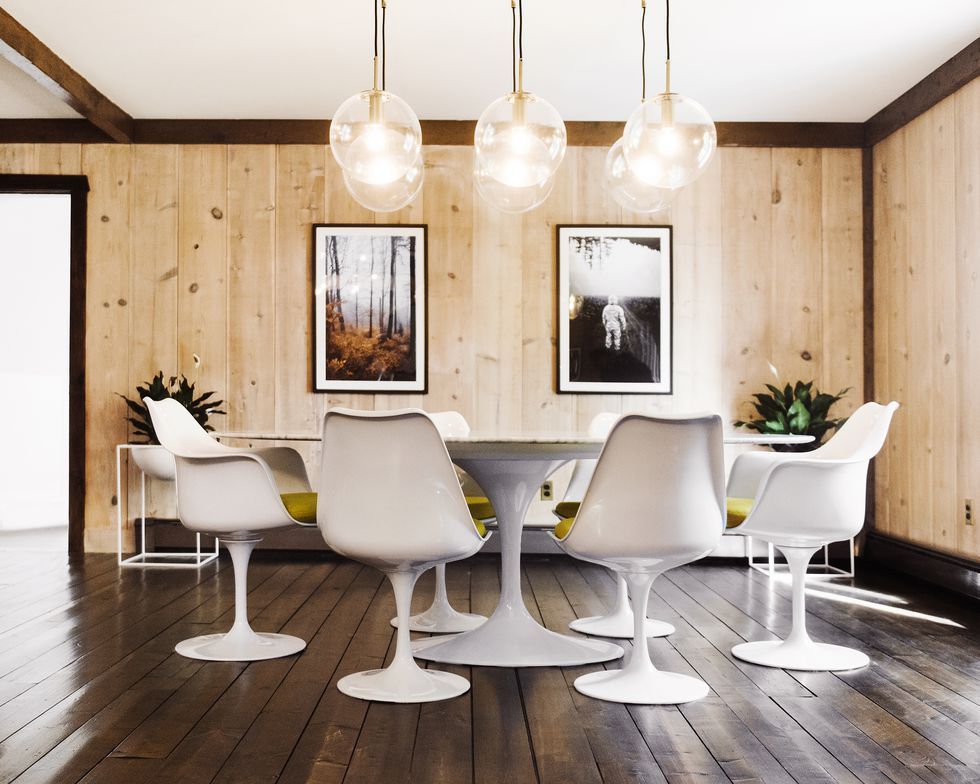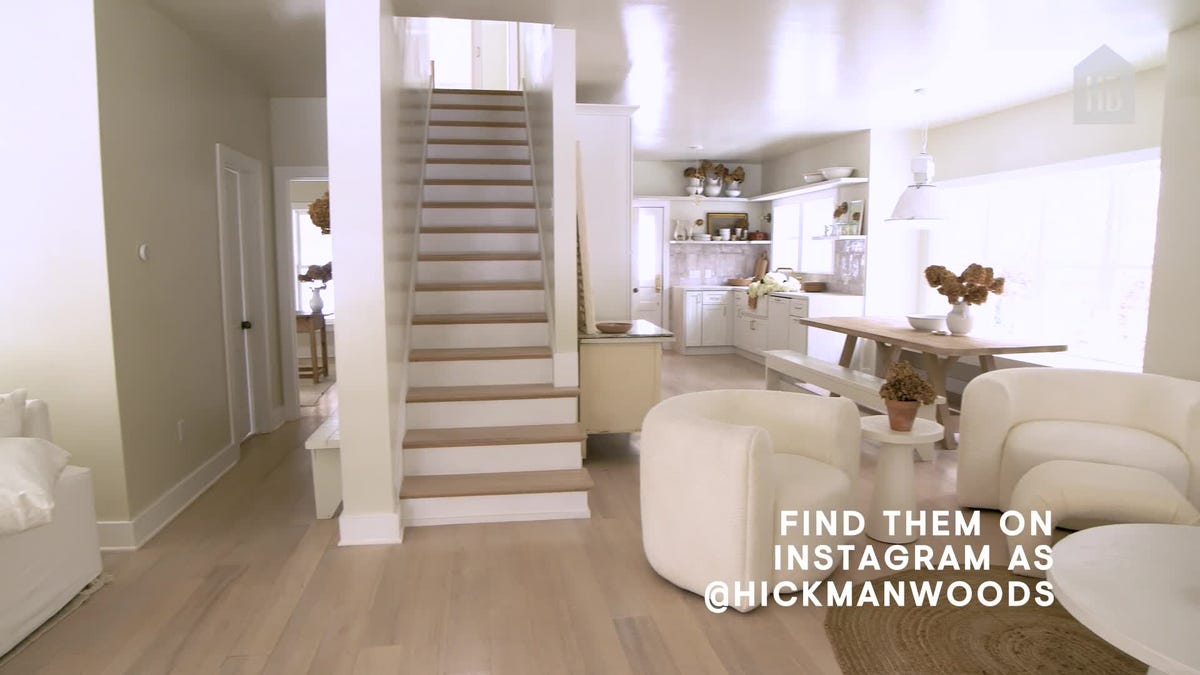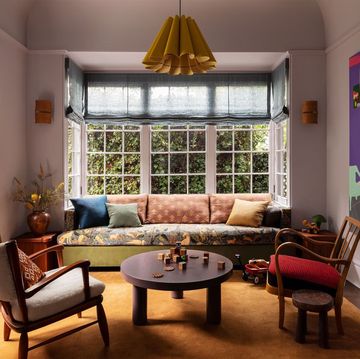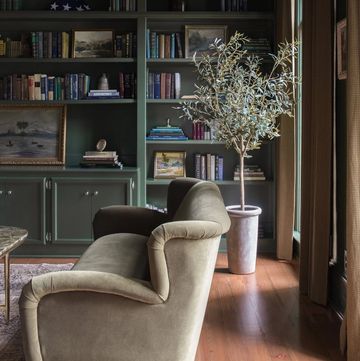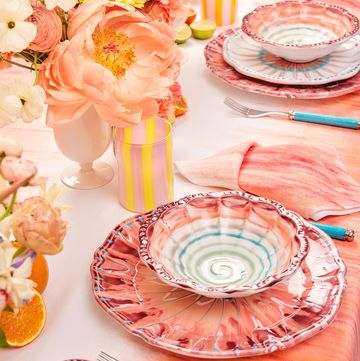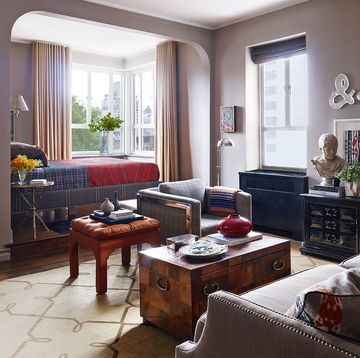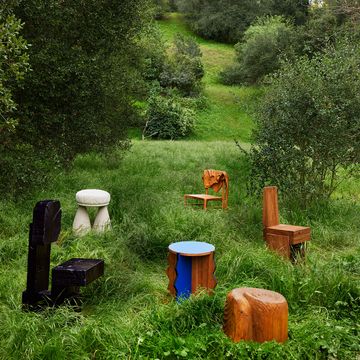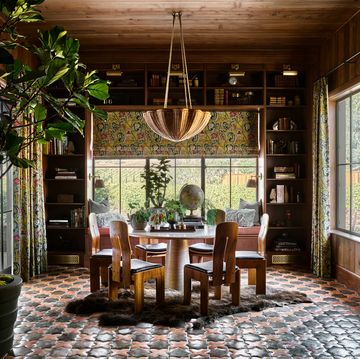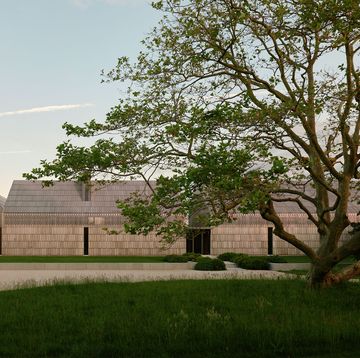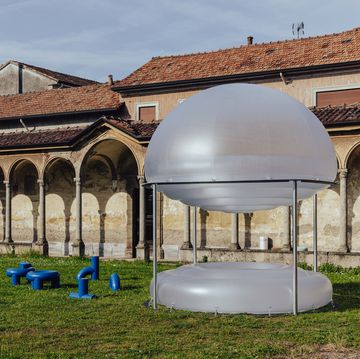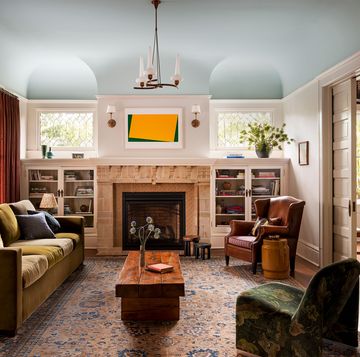When a person makes reference to the Tudors, we might immediately think of Henry VIII and the wives he treated so miserably. However, most people might not be aware that during the time Henry sat upon the British throne, a very distinct style of architecture came into vogue. The Tudor and Tudor-style aesthetic was so prevalent internationally for so many years, that the chances of you having been exposed to it is almost certainly 100 percent. So if you don’t know what a Tudor-style house is, not to worry. With the help of ELLE Decor A-List designer Steven Gambrel and his wealth of knowledge, we’ve pulled together a primer (do you feel like you’re back in English school?) on Tudor-style homes.
History of Tudor Style Houses
These eclectic, asymmetrical homes reflect late Medieval and early Renaissance motifs, and (perhaps not surprisingly) European-trained architects ushered Tudor-style into America in the late nineteenth century. Tudor-style homes saw a surge in popularity during the 1920s and 1930s—and, essentially, became part of the “starter pack” for financially successful stockbrokers—before losing the popularity contest to the Colonial Revival style around World War II.
Defining Qualities of Tudor Style Architecture
Hallmarks of these houses include steeply pitched gable roofs, brick exteriors, hand-hewn half-timbering, masonry and stonework, and leaded glass windows. ELLE Decor A-List designer Steven Gambrel says that for Tudor-style homes, an unparalleled level of quality is the name of the game. From the heavy slate roofs to the plasterwork to the beautiful stonework around the door frames, the emphasis is on permanent materials and an evident architectural framework.
The Cons
But every rose has its thorns, and life in a Tudor house isn’t always a Medieval-inspired fairytale. Gambrel notes that the drawbacks are a lack of natural light and architectural proportions that are somewhat heavier than the modern eye typically craves. Plus, if you were to renovate one of these historic buildings, Gambrel says, “You would need to replicate the quality and materials that are as complex and layered as the architecture.” No small feat.
Decorating Tips
As an expert designer who is currently designing the interiors of a Tudor-style home in Maryland, Gambrel has a few sage suggestions for decor: “When the house has a superfluous amount of stone, timber, and mason work, I tend to gravitate toward materials that aren’t represented in the home and textures that handle the weight of the architecture.” Think: patinated bronzes and Belgian linens; less timber and more parchment; less wood and more paint. However, Gambrel notes that decor plays a secondary role in these homes—architecture is the lead performer. “It’s not for the weak at heart: It’s not a white box and it can’t be stripped down or edited,” Gambrel says. “A Tudor-style house has to be celebrated.”

Samantha Swenson is an editorial assistant for ELLE Decor, covering interior design trends, travel, and fashion.

